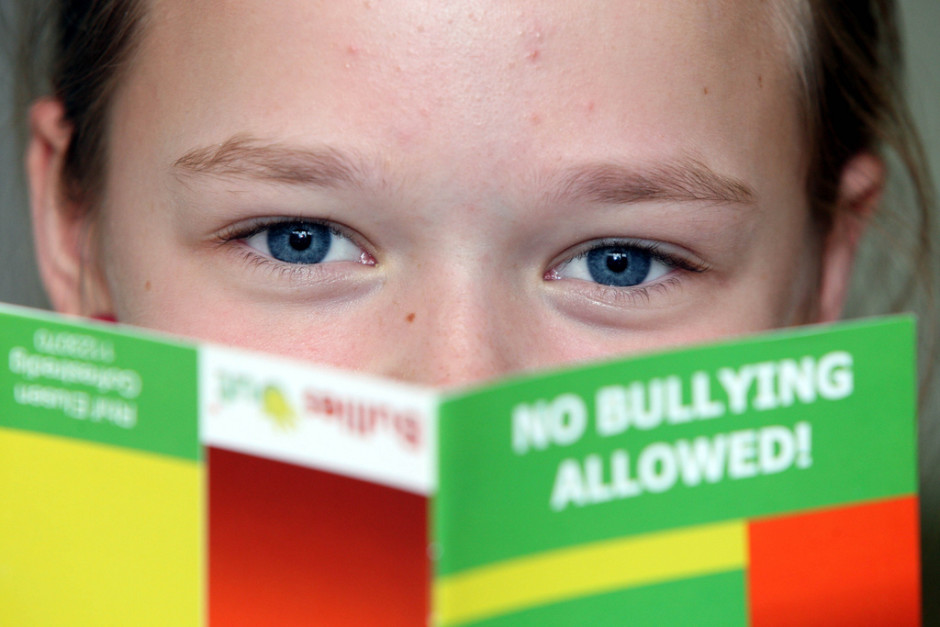Hello, I’m that crazy person who stopped on the freeway to chase down a mangy, starving dog I spotted on my way to the grocery store. Some of you may have honked at me, and I’m sorry if I startled you, but I thought it safer for us drivers and the dog if I got him off the road. You see, I have this nasty habit of refusing to “do nothing.”
Darley and Latané (1970) coined the term “bystander effect” to describe a situation where multiple witnesses to an emergency fail to intervene because they assume someone else will take action. This phenomenon is particularly pronounced in densely populated urban areas (Gruman, et al., 2017) which is where I happen to live. This is why I stopped for the dog; I couldn’t assume someone else was going to assist the situation. A frightened animal on the roadway poses a potential fatal risk to motorists and, of course, to themselves.
Truthfully, the concept of bystander effect came to public attention by the tragic case of Kitty Genovese in 1964 (2017). Despite 37 people witnessing her murder, no one sought to act or seek help as she was stabbed to death (“37 Who Saw Murder Didn’t Call the Police; Apathy at Stabbing of Queens Woman Shocks Inspector,”1964). Researchers have identified several factors that contribute to the bystander effect, including diffusion of responsibility, social influence, and a lack of perceived competence (2017). In urban settings, this phenomenon is compounded by the overwhelming sensory input and a sense of anonymity. As cities overflow with people, the diffusion of responsibility occurs, making it less likely that any individual feels personally accountable for taking action.
Rescuing animals in distress became my way of refusing to let this phenomenon take hold of me. When individuals witness an animal in need, they are often alone in their decision-making process, with no diffusion of responsibility. Choosing to act in these moments when I could just go about my business demonstrates personal responsibility and competence in a situation that demands action. Moreover, it fosters a sense of personal efficacy, transcending the perceived helplessness that sometimes accompanies urban living (2017)(Alleyne et al., 2019). “Doing something” becomes a tangible demonstration of one’s capacity to make a difference, even in a hectic environment.
I’ve realized that animals are often victims of our urban environment, and they desperately need someone to intervene. For human situations, I do live in a city and it is difficult to screen all the stimuli I encounter, but when someone yells “help” I look up. My defiance of the social psychological tendencies to shut out the world has the potential to help build a compassionate community in the hardest neighborhoods that actively works to counteract the bystander effect on a larger scale. As we navigate our crowded urban landscapes, small deeds, like giving a homeless man a water bottle or leaving food for stray cats, remind us that we can be the change we wish to see in the world.
Citations
37 Who Saw Murder Didn’t Call the Police; Apathy at Stabbing of Queens Woman Shocks Inspector. (1964, March 27). New York Times. Retrieved October 26, 2023, from https://web.archive.org/web/20181108183955/https://www.nytimes.com/1964/03/27/archives/37-who-saw-murder-didnt-call-the-police-apathy-at-stabbing-of.html
Alleyne, E., Sienauskaite, O., & Ford, J. (2019). To report, or not to report, animal abuse: the role of perceived self-efficacy in veterinarians’ decision-making. Veterinary Record, 185(17), 538. https://doi.org/10.1136/vr.105077
Gruman, J. A., Schneider, F. W., & Coutts, L. M. (2016). Applied Social Psychology: Understanding and Addressing Social and Practical Problems. SAGE Publications.



